
Could Komodo dragons be the source of the next miracle drug?
For thousands of years, Komodo dragons have survived on an isolated chain of rocky Indonesian islands despite competing with other venomous reptiles, hunting deer and buffalo capable of crushing bone with a single kick and dealing with annual monsoons, tsunami and drought.
The reason for their success may be that the bite of these giant lizards is so poisonous that even a nip can kill. They have more than 50 varieties of bacteria in their mouths yet rarely fall ill.
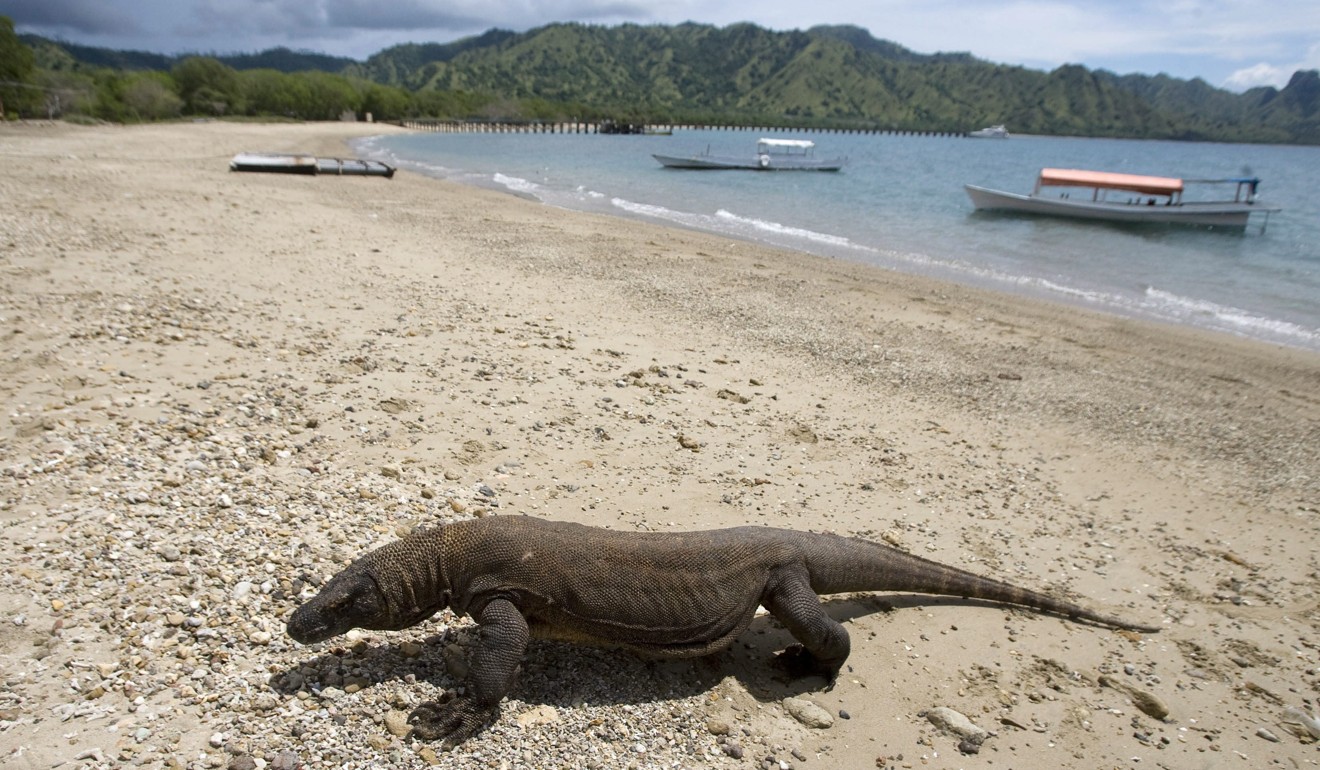
They are also immune to the bites of other dragons. Scientists say that is because their blood is filled with proteins called antimicrobial peptides (AMPs) – an all-purpose infection defence produced by all living creatures – that one day may be used in drugs to protect humans. That would be a welcome development as some antibiotics are losing their effectiveness because bacteria have developed a resistance to them.

“Komodo peptides are unlike any others,” said Barney Bishop, a George Mason University chemist who co-discovered the unusual characteristics of the peptides in the dragons’ blood in 2013. “If we can find out why they’re able to fight bacteria and what makes them so successful, we can use that knowledge to develop antibiotics.”
Bishop and his team have identified more than 200 peptides in Komodo blood that had not been seen before.
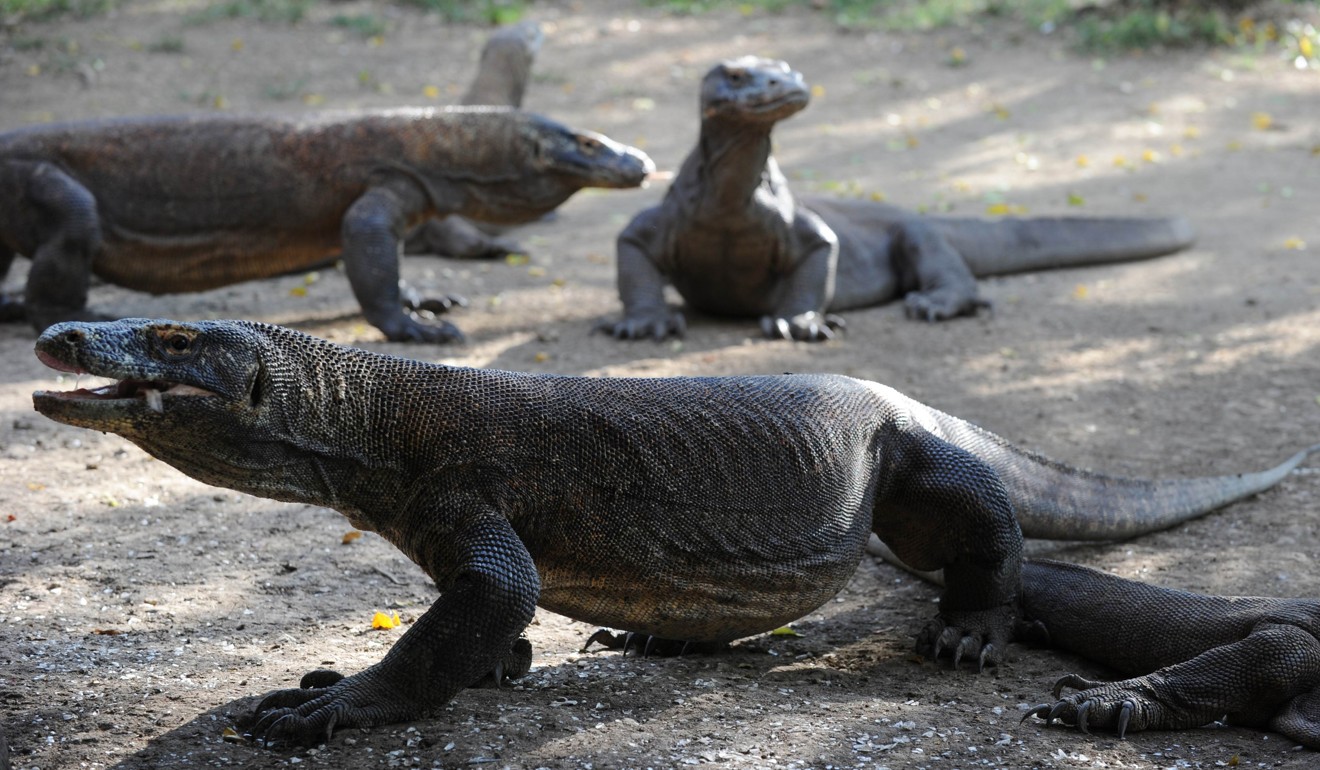
There has been at least one major find. One of the dragon peptides was used to design a synthetic substance called DRGN-1 that breaks down the layer of bacteria that attaches to the surface of a wound and can impede healing. When DRGN-1 was tested on living bacteria and on wounds infected with bacteria, the wounds healed significantly faster than if left untreated.
“If a peptide shows strong microbial activity” in lab testing, Bishop said, “we can look at it for other applications. If we’re lucky, it’s a new candidate right there. Odds are, we’ll have to tweak the sequence and structure”.
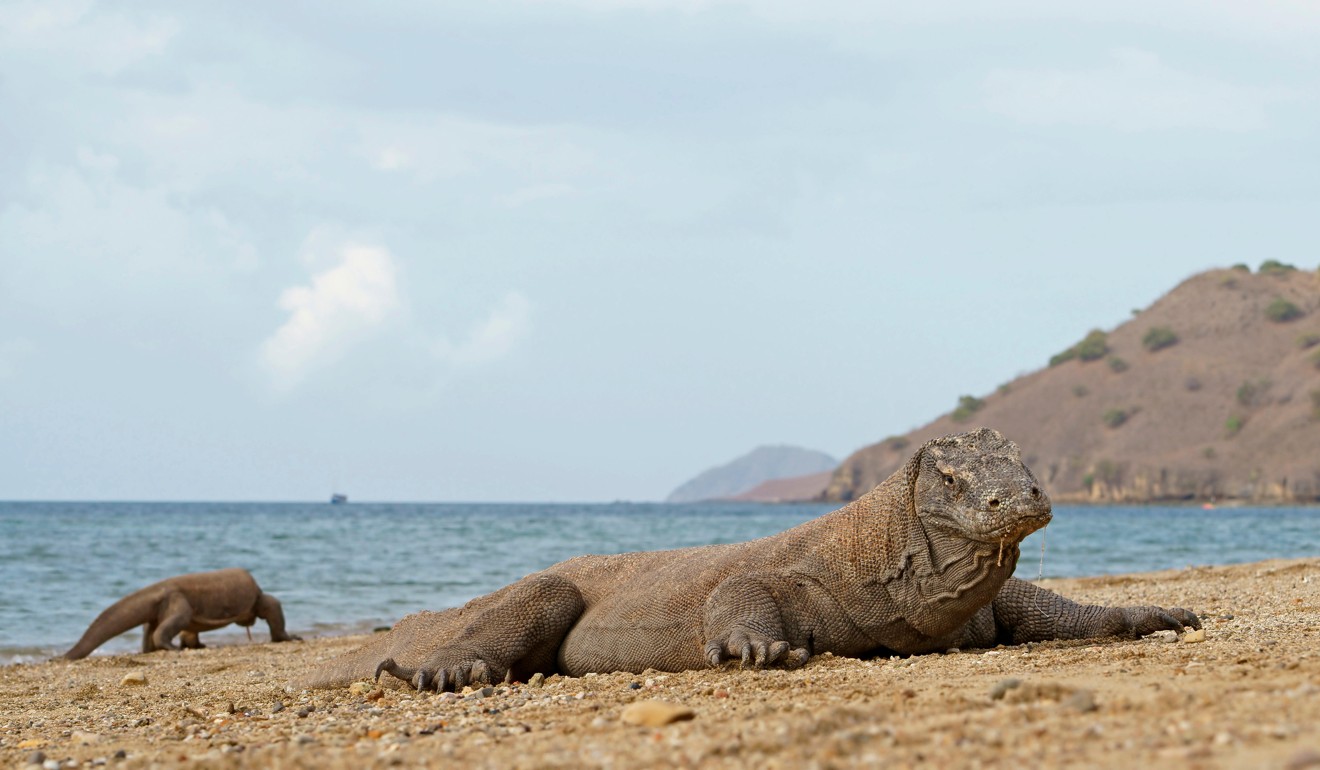
The researchers hope to find other potential drugs based on Komodo blood – as well as in the blood of crocodiles and alligators.
So far, they have identified 48 potential AMPs in Komodo blood that have never been seen before. He said these discoveries might lead to applications to curb common problems such as acne and pneumonia and to counteract biological weapons such as anthrax.
Infections of antibiotic-resistant bacteria kill as many as 700,000 people a year, according to the World Health Organisation, a number that it projects could rise to 10 million a year by 2050. The WHO said that resistant bacteria are rising to “dangerous levels in some parts of the world ... threatening our ability to treat common infectious diseases including pneumonia, tuberculosis, blood poisoning and gonorrhoea”.
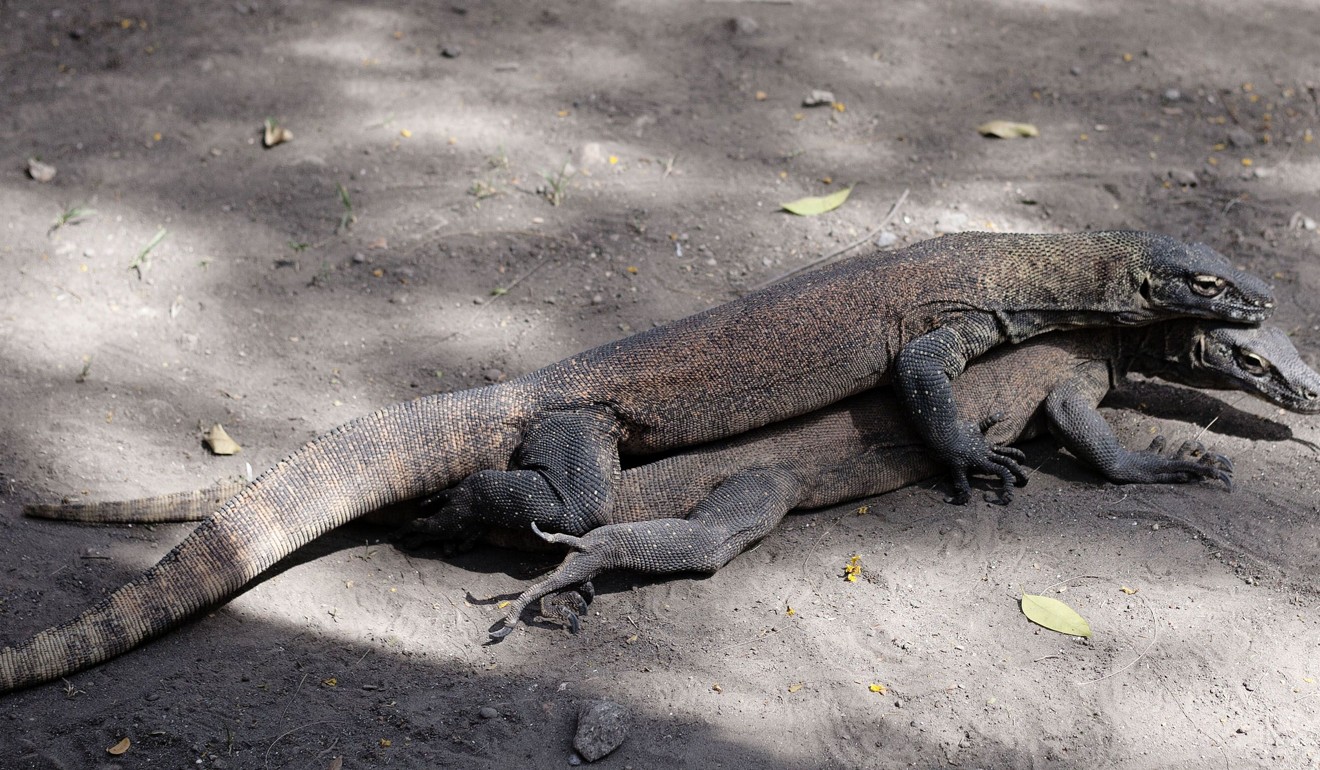
It is tough to study an animal that is difficult to capture, both because of its remoteness and because of its poisonous bite. Bishop has been using samples from Tujah, a Komodo at the St Augustine Alligator Farm Zoological Park in Florida.
Bishop’s collaborators take only about a pencil-tip’s worth of blood from the dragon, obtained by a quick needle poke in Tujah’s tail. “We’re not going to have Komodo farms; we identify peptides, sequence them, then synthesise,” he said.
Bishop’s Komodo dragon project began in 2012, with a US$7.6 million Defence Department grant to analyse species that thrive despite major environmental challenges and interaction with pathogenic bacteria.
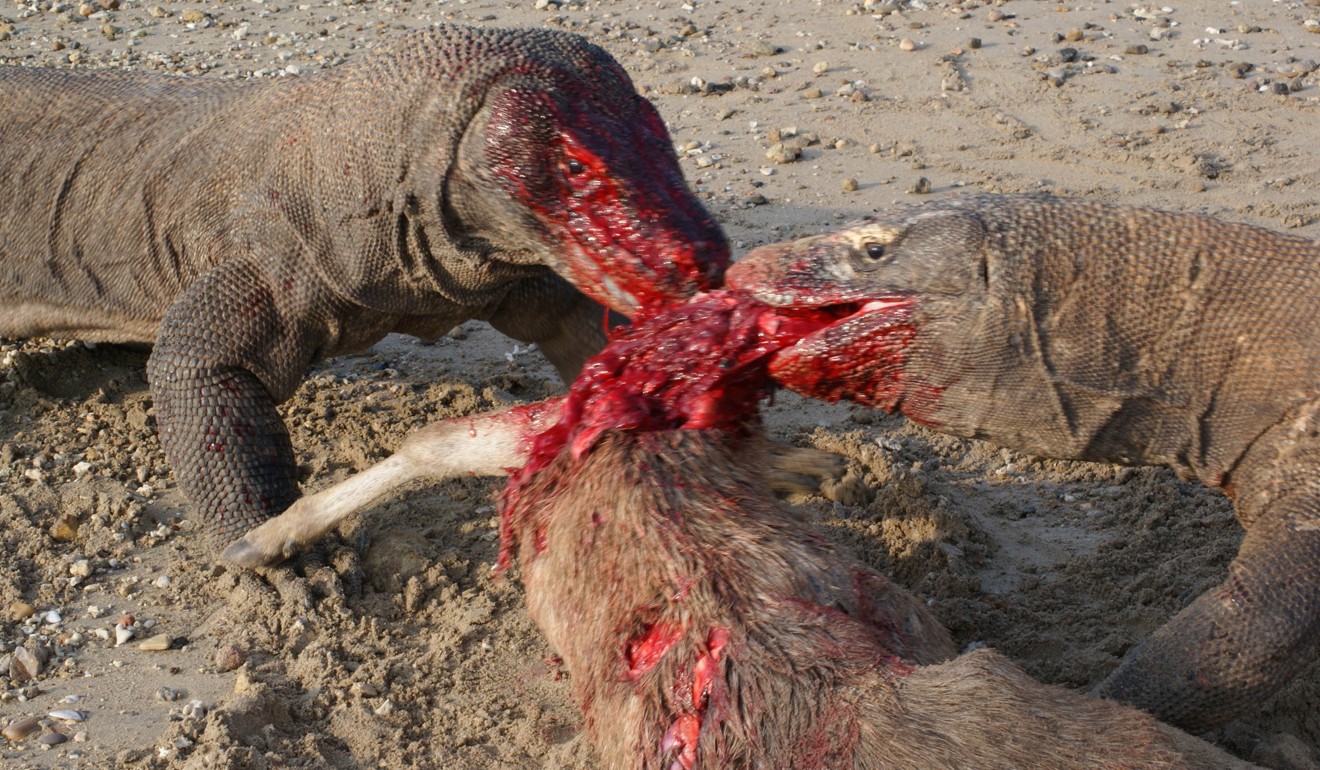
In addition to the dragons, Bishop has been studying Chinese alligators and saltwater crocodiles, which have shown strong immunity against disease despite eating bacteria-infested animals and living in bacteria-rich environments and even surviving loss of limbs without getting infections.
The research was initially aimed at helping soldiers heal faster and finding ways of protecting them from bacterial bioweapons. The research could eventually lead to consumer products that might heal cuts or reduce skin infections.
Human health benefits have also been found in chemicals extracted from other deadly animals, including one of the world’s most venomous snakes, Australia’s taipan. In 2006, researchers said that chemicals that might someday be used to rapidly curb excessive bleeding in surgery had been identified in taipan venom. In 2015, Mexican researchers showed that scorpion venom could kill cancer cells.

